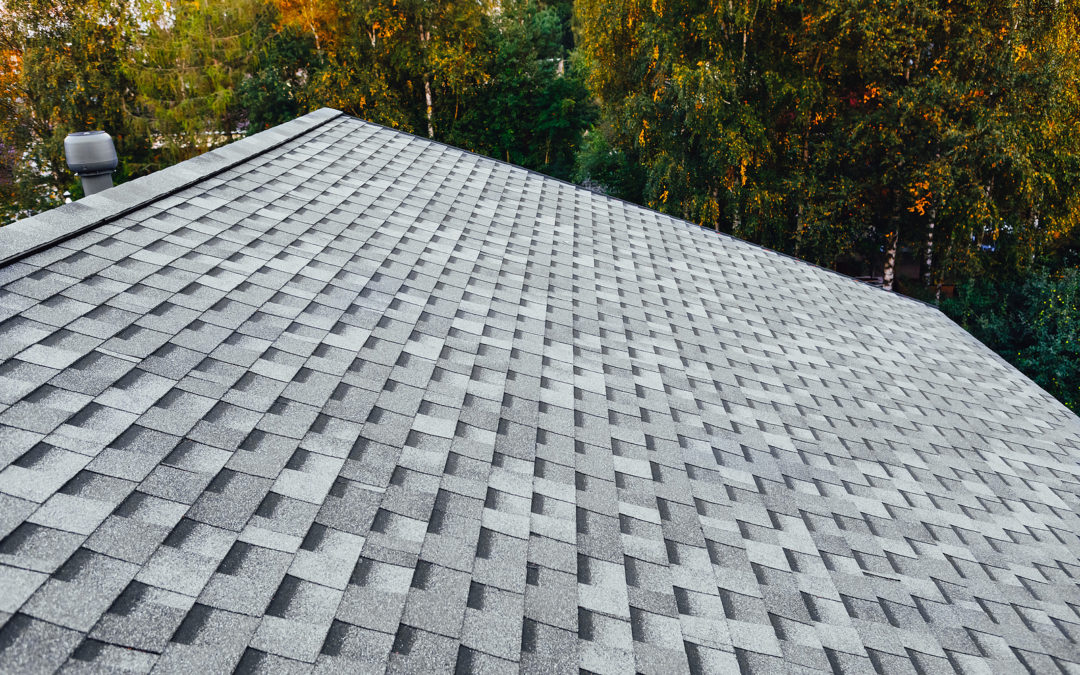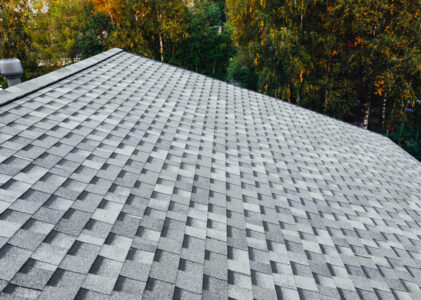Flat roofs require careful consideration when it comes to selecting the appropriate roofing materials. The choice not only impacts the aesthetics of the building but also affects its structural integrity, energy efficiency, and longevity. Let’s explore the various types of roofing materials designed specifically for flat roofs.
I. Introduction
Flat roofs present unique challenges compared to sloped roofs, making it essential to choose the right roofing material. Several factors influence this decision, including climate, budget, building structure, and desired aesthetics. Understanding the different types of roofing materials available for flat roof is crucial for making an informed choice that meets your specific requirements.
II. Built-Up Roofing (BUR)
Built-Up Roofing (BUR) is a traditional and time-tested roofing system commonly used on flat roofs. It consists of multiple layers of bitumen (asphalt or coal tar) alternating with reinforcing materials such as fiberglass or felt. The layers are then topped with a protective surface layer of gravel or mineral granules.
A. Composition and Structure of BUR
BUR roofs typically comprise three to five layers of bitumen-saturated felts or fabrics. These layers are bonded together with hot asphalt or coal tar, creating a durable and waterproof membrane. The top layer, known as the cap sheet, provides additional protection against UV rays and weathering.
B. Advantages of BUR for Flat Roofs
One of the primary advantages of BUR roofing is its durability and longevity. When properly installed and maintained, BUR roofs can last 20 years or more. They offer excellent waterproofing and can withstand exposure to harsh weather conditions, making them suitable for flat roofs in various climates. Additionally, BUR roofs provide good fire resistance and are relatively low-maintenance compared to other roofing materials.
C. Considerations for Installing and Maintaining BUR Roofs
Installing BUR roofing requires skilled labor and specialized equipment due to the layering process involved. Proper installation is crucial for ensuring the integrity and performance of the roof system. Regular maintenance, including inspections, repairs, and resealing, is essential for extending the lifespan of BUR roofs. Tasks may include removing debris, repairing punctures, and recoating the surface layer as needed to maintain waterproofing.
III. Single-Ply Membrane Roofing
Single-ply membrane roofing is a popular choice for flat roofs due to its simplicity, flexibility, and ease of installation. These roofing systems consist of synthetic materials manufactured in large sheets and are available in various types, including thermoplastic olefin (TPO), polyvinyl chloride (PVC), and ethylene propylene diene terpolymer (EPDM).
A. Types of Single-Ply Membrane Roofing Materials
TPO, PVC, and EPDM are the three primary types of single-ply membrane roofing materials used for flat roofs. TPO membranes are known for their heat-weldable seams and energy efficiency, while PVC membranes offer excellent chemical resistance and durability. EPDM membranes are highly flexible and can withstand temperature fluctuations and UV exposure.
B. Benefits of Single-Ply Membrane Roofing for Flat Roofs
Single-ply membrane roofing offers several advantages for flat roofs, including lightweight construction, ease of installation, and flexibility. These roofing systems provide excellent waterproofing and resistance to UV rays, chemicals, and punctures, making them suitable for flat roofs in various environments. Single-ply membranes are also available in a range of colors and thicknesses to accommodate different aesthetic and performance requirements.
C. Installation and Maintenance Guidelines for Single-Ply Membrane Roofs
Installing single-ply membrane roofing requires specialized equipment and trained installers familiar with heat-welding or adhesive application techniques. Proper surface preparation and substrate condition are essential for ensuring adhesion and waterproofing. Regular inspections and maintenance are necessary to identify and repair any signs of damage, such as punctures, tears, or seam separations. Routine cleaning and recoating may also be required to extend the lifespan of single-ply membrane roofs.
IV. Modified Bitumen Roofing
Modified bitumen roofing is another popular choice for flat roofs due to its durability, flexibility, and ease of installation. This roofing system consists of asphalt-based sheets modified with polymers or rubber compounds to enhance performance and weather resistance.
A. Characteristics and Composition of Modified Bitumen Roofing
Modified bitumen roofing membranes are composed of asphalt or bitumen reinforced with polyester or fiberglass mats. The addition of modifiers such as styrene-butadiene-styrene (SBS) or atactic polypropylene (APP) enhances the membrane’s flexibility, durability, and resistance to UV rays and temperature fluctuations.
B. Advantages and Disadvantages of Modified Bitumen Roofing
Modified bitumen roofing offers several advantages for flat roofs, including superior waterproofing, flexibility, and durability. These roofing systems are resistant to cracking, splitting, and tearing, even in extreme weather conditions. Additionally, modified bitumen roofs are relatively low-maintenance and can withstand foot traffic and environmental exposure. However, installation requires specialized equipment and skilled labor, and proper surface preparation is essential for ensuring adhesion and waterproofing.
C. Installation and Maintenance Tips for Modified Bitumen Roofs
Installing modified bitumen roofing requires careful surface preparation and application techniques to ensure proper adhesion and waterproofing. Proper flashing and seam sealing are essential for preventing leaks and water infiltration. Additionally, regular inspections and maintenance are necessary to identify and repair any signs of damage, such as punctures, tears, or seam separations. Routine cleaning and recoating may also be required to extend the lifespan of modified bitumen roofs.
V. Green Roof Systems
Green roof systems, also known as living roofs or vegetative roofs, are an environmentally friendly roofing option that involves covering the roof surface with vegetation and growing medium. These roofs provide numerous environmental benefits, including stormwater management, improved air quality, energy efficiency, and biodiversity conservation.
A. Overview of Green Roof Systems for Flat Roofs
Green roof systems for flat roofs typically consist of several layers, including a waterproofing membrane, drainage layer, growing medium, and vegetation. Extensive green roofs feature shallow growing mediums and low-maintenance plantings, while intensive green roofs have deeper soils and a wider variety of plant species.
B. Environmental Benefits of Green Roof Systems
Green roof systems offer several environmental benefits for flat roofs, including reducing stormwater runoff, mitigating the urban heat island effect, improving air quality, and providing habitat for wildlife. They also help to conserve energy by insulating the building and reducing the demand for heating and cooling.
C. Installation and Maintenance Considerations for Green Roof Systems
Installing a green roof requires careful planning and design to ensure structural integrity, drainage, and plant compatibility. The roof substrate must be engineered to support the weight of the growing medium, vegetation, and water retention system. Proper irrigation, drainage, and waterproofing are essential for maintaining plant health and preventing water damage to the building. Green roofs also require regular maintenance, including watering, fertilizing, pruning, and weed control, to ensure the health and vitality of the vegetation.
In conclusion, selecting the right roofing material is crucial for the performance, durability, and aesthetics of flat roofs. Whether you opt for built-up roofing, single-ply membrane roofing, modified bitumen roofing, or green roof systems, each type offers unique advantages and considerations that should be carefully evaluated based on your specific needs, budget, and environmental factors. By understanding the characteristics and requirements of each roofing material, you can make an informed decision that ensures the long-term success of your flat roof project.


